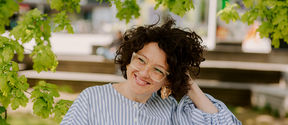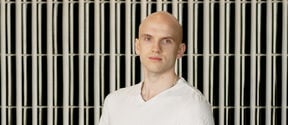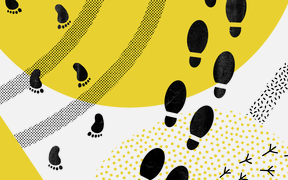What makes your work still meaningful?
For me the exploration of the human brain and mind is still fascinating and captivating. It is particularly rewarding to work with researchers with different backgrounds ranging from medicine, neuroscience, physics, and engineering to psychology and even arts.
As an emerita, I moved in 2016 to work at the Department of Art, then located in Arabia, close to my home. At first, I wrote intensively to "clear the table" on unfinished research and co-authored a textbook on magnetoencephalography, MEG–EEG Primer (Oxford University Press), with an US colleague. The second extended edition of the book is coming out these days. I’m currently working two days a week in Väre, where, in addition to some small writing and teaching duties, I will soon resume a study circle with students to push the boundaries of art and neuroscience.
You moved from the School of Science to the School of Arts, Design and Architecture. What's different about the culture of these two schools?
It has been our tradition at the School of Science to recruit students into research labs as young summer assistants. They are very closely supervised in research teams, and the most motivated students go on towards a doctoral degree.
In arts, a similar research-team approach is only just emerging more widely. So far, students have been able to apply to become doctoral researchers with a ready-made research topic. In this case, the department has had to find a professor to supervise them, and the professor's own research line has not necessarily benefitted from this supervision.
The students at both schools are excellent—smart, thoughtful, and inventive. The openness of the art students is exemplary, as they boldly put their work on display in various exhibitions. I was also able to participate in two ceramics exhibitions in Arabia.








